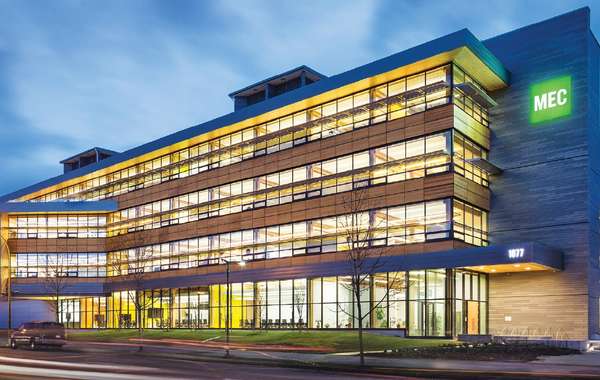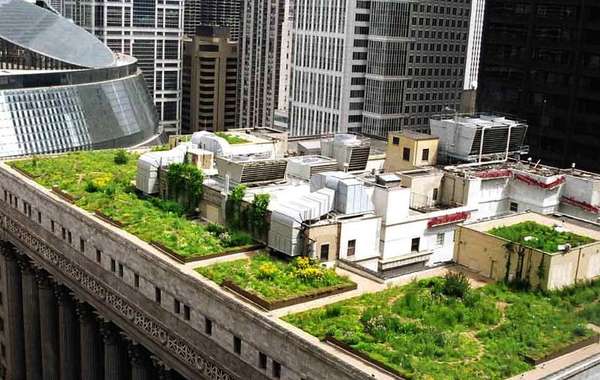We found this story by Nicole Jewell for Inhabitat to be very pertinent given the devastating impacts of the 2017 hurricane season. Weather events are more extreme in all regions of the globe, so building for a changing climate is very important not just to protect our property and homes, but for personal safety as well.
***
The ever-increasing threat of devastating hurricanes and tornadoes has inspired students from the University of Alabama to create the SURVIV(AL) House. The solar-powered home is an ultra-resilient structure built to withstand the effects of extreme weather. The home even comes with a steel-encased “safe room” built into the sub-flooring that is so secure, it can withstand a two-by-four plank flying through the air at 200 mph.
Using the 2011 tornado super outbreak in Alabama that claimed hundreds of lives and caused $10.8 billion in damage as inspiration, the students created the SURVIV(AL) House concept based on three key elements: heat mitigation, severe weather security, and the capacity for “quick permanence.” The term “quick permanence” is used by the team to describe a structure that can be quickly rebuilt after a natural disaster, providing an energy-independent shelter that, although damaged, would still keep families safe as they rebuild.
At the heart of the home’s many resilient features is its “safe room,” a composite and steel space that is meant to protect the people inside during severe storms. The space sits below the level of the home’s sub-flooring, giving it permanent, stable footing under any circumstances. In fact, the space is capable of withstanding extreme weather with winds up to 250 mph winds. In the case of long time shelter needs, the room has a water filter system that can purify up to 10,000 gallons of water. Read more here....



Now that you know more about building techiques to protect against hurricanes, learn more about resilient home design in the Ecohome Building Guide and these pages here:
Find out about the benefits of a free Ecohome Network Membership here. |








































As a HERS Rater and code enforcer in Santa Barbara California I hve seen many building built to withstand not only high einds but also fire and earthquakes. Certain areas of Hawaii now require 250 mph wind safegaurds at the planning stages. This is particularly true in rural areas of West Hawaii and at Higher altitudss. There are a number of reasons why this is important. Did you know brushfires generate hot winds up to 200 mph just from the heat displacement. In certai high fire hazard zones of California we know require these safegaurds as well.
My concern with the home pictured is that it will not survive a wind storm. From time to time we get real wind here in SoCal and it frequently rips roofs right off the walls. The vast majority of Cheaply Built, low budjet wooden homes are not designed to be rugged. The entire concept of building a structure of framed wood 2x4, 4x4, and 2x6 is based on ajtique ideaology. Firat of all nails cannot keep a roof on. Everyhing about wood homes, from the materials to the tehniques used to the design imimented are innadequate.
The only real option when it comes to structural integroty is steel reinforced concrete and other advanced materials such as Aluminum Flashing and Fibreglass wall panels. A home designed by knowedgable designers and built professionally can be made as rugged as possible.
I have inspected many homes, and most of them will never survive. Somethong as simple as a roof overhang, while providing shade, can catch wind and initiate structural torsion. Some products flex with the wind. While this may seem like an idea, flexation leads to reverberation, vivration, sprjng effect, and usually stretching. When nailed wooden joints flexate, this loosens nails and works framing members away from their restj g position. This is k own as catastrophic structural failure and cam lead to leaks of wind and water or even partial or total collapse of the wall or structure. For these reasons most new homes go throuvh intense s rutinization at the planning levels. But apparently not enough, because many homes slip through plannkng with catastrophic design flaws.
In my professional opinion homes should only be buipt out of concrete, how many skyscrapers do you see made of wood?
Has hemp crossed your mind? I bet there can be an earthquake resistant hemp home in the future. Im gonna start my research on that one.